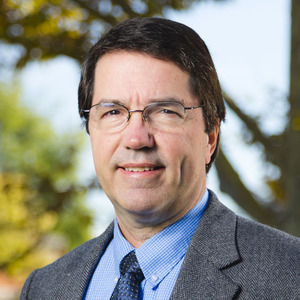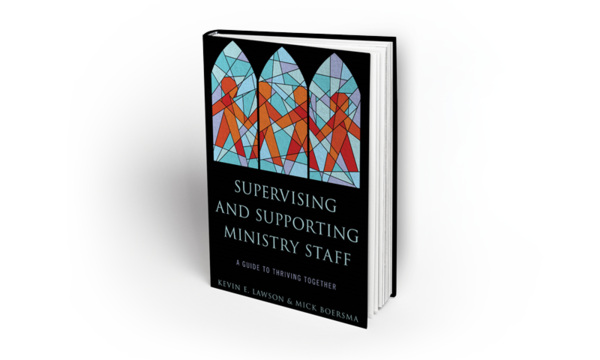Kevin Lawson
Kevin Lawson is a professor of Educational Studies at Talbot School of Theology at ∫⁄¡œ¿˙ ∑. Lawson cares deeply about strengthening the educational ministry of churches. For 11 years, he served on church staffs as a minister of Christian education. He holds degrees in Christian education, biblical studies and educational administration, and carries out research on local church educational ministry, church staff issues, theological and historical foundations of Christian education, children‚Äôs spiritual formation, and other related topics. Lawson teaches on the historical foundations of Christian education, leadership issues and educational research methods, and does ministry consultation. His recent publications include: Supervising and Supporting Ministry Staff: A Guide to Thriving Together (co-authored with Mick Boersma, 2017); Associate Staff Ministry: Thriving Personally, Professionally, and Relationally (co-authored with Mick Boersma, 2014); Infants and Children in the Church: Five Views on Theology and Ministry (co-edited with Adam Harwood, 2017), Understanding Children's Spirituality: Theology, Research, and Practice (editor, 2012) and has contributed chapters to Shaped by God: Twelve Essentials for Nurturing Faith in Children, Youth, and Adults (2010), Introducing Christian Education and Formation (2008), Nurturing Child and Adolescent Spirituality: Perspectives from the World's Religious Traditions (2006), Children's Spirituality: Christian Perspectives, Research, and Applications (2004), and multiple entries in the Encyclopedia of Christian Education (2015). His research and writing has been published in several periodicals, including Christian Education Journal, Evangelical Missions Quarterly, Religious Education, Journal of Youth Ministry, Growing Churches, The Journal for Case Teaching and two international journals. He serves as editor of the Christian Education Journal and ‚ÄúChristian Educators of the 20th Century Project.‚Äù He chairs the Council of Christian Colleges and Universities‚Äô Council for Collaboration in Doctoral Education and works with the International Council for Evangelical Theological Education on issues of doctoral education development.
View full profile ∫⁄¡œ¿˙ ∑
∫⁄¡œ¿˙ ∑

















-fotor-2024021917243_(1).jpg)
